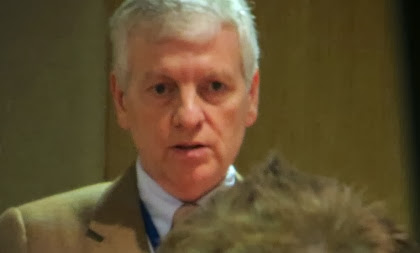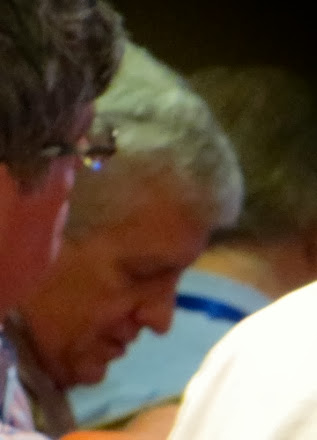International Society of Addiction Medicine, Kuala Lumpur, 2013
Gregory Bunt, MD
Medical Diretor , Daytop Village
Clinical Assistant Professor of Psychiatry
NYU School of Medicine

Attended the first training program in Addiction Psychiatry in US started by Dr. Marc Gallanter
Therapeutic communites began for psychiatry in UK by Mawxell Jones in the 1940-50s. In US - really began in the 1970's because of the heroin epidemic, following Vietman and the youth revolution
Synannon, Daytop Village, Phoenix House
 In New York, a priest and a psychiatrist recognized the heroin epidemic was out of control, people dying, lots of crime, saw the model and brought back to New York. This was Daytop Village. This resulted in good effects and was translated to other settings. Europe. Latin America and Asia.
In New York, a priest and a psychiatrist recognized the heroin epidemic was out of control, people dying, lots of crime, saw the model and brought back to New York. This was Daytop Village. This resulted in good effects and was translated to other settings. Europe. Latin America and Asia.Pres. Nixon hired Dupont and Jaffre who saw that the therapeutic community worked with result that federal funding was available for therapeutic communities. They expanded.The deficiency was that there were no medical professionals or psychiatrists.
In the 1980's we got funding for the outpatient treatment. This created the New York Model, an integrated system for those with medical, psychiatric and drug addiction. Many got into the therapeutic communities in the 90's . They were in the residential component for a year and could rebuild their lives, leaving the community with employment and housing. They came in with no social skills, no employment and no housing.
Daytop International was formed and began developing programs in Europe then in late 90's to Asia and Latin America and expanded globally. The issue is always what support the local and federal governments will provide for the treatment programs. In the last decade there has been diminished interest in continuum of care. Even though the cost is very low, $100, and want to place people in outpatients but that is not satisfactory for severe addicts. There will be an escalation in drug addiction, synthetic drugs, and prescription drugs, so there will clearly be this need for continuum of care as the alternative is only prison which are overcrowded and long term psychiatric facilities which are too expensive. If we can get the message out this particular model will be so important




No comments:
Post a Comment